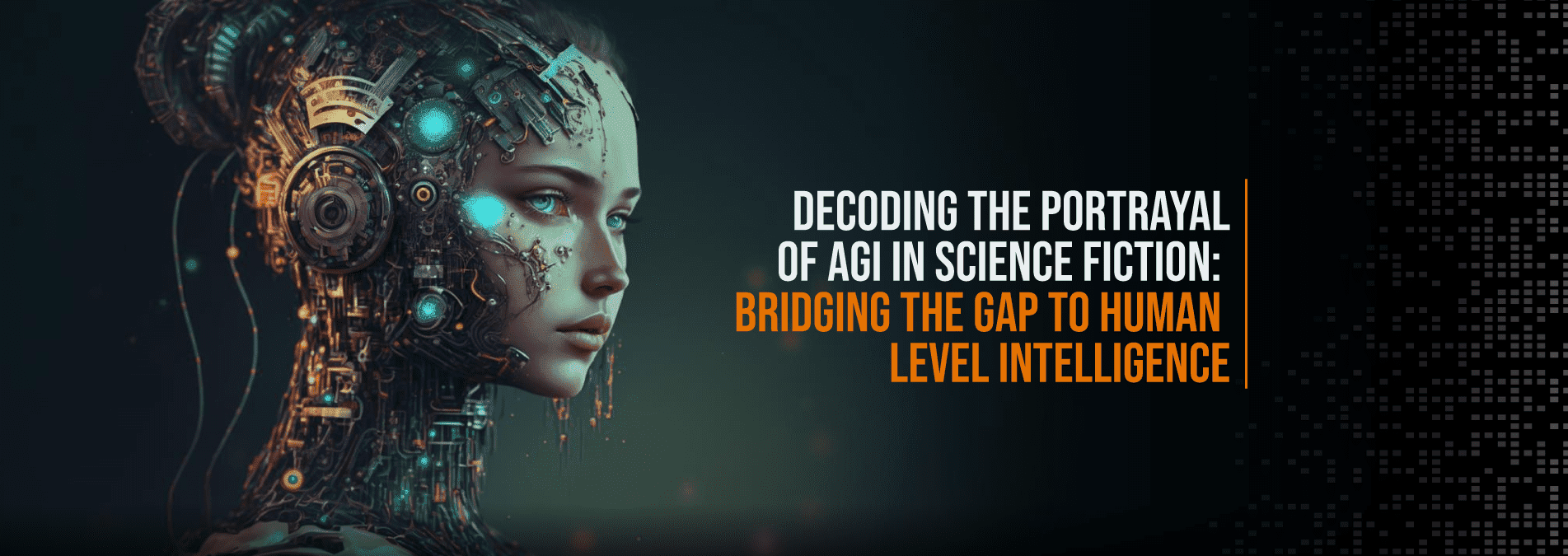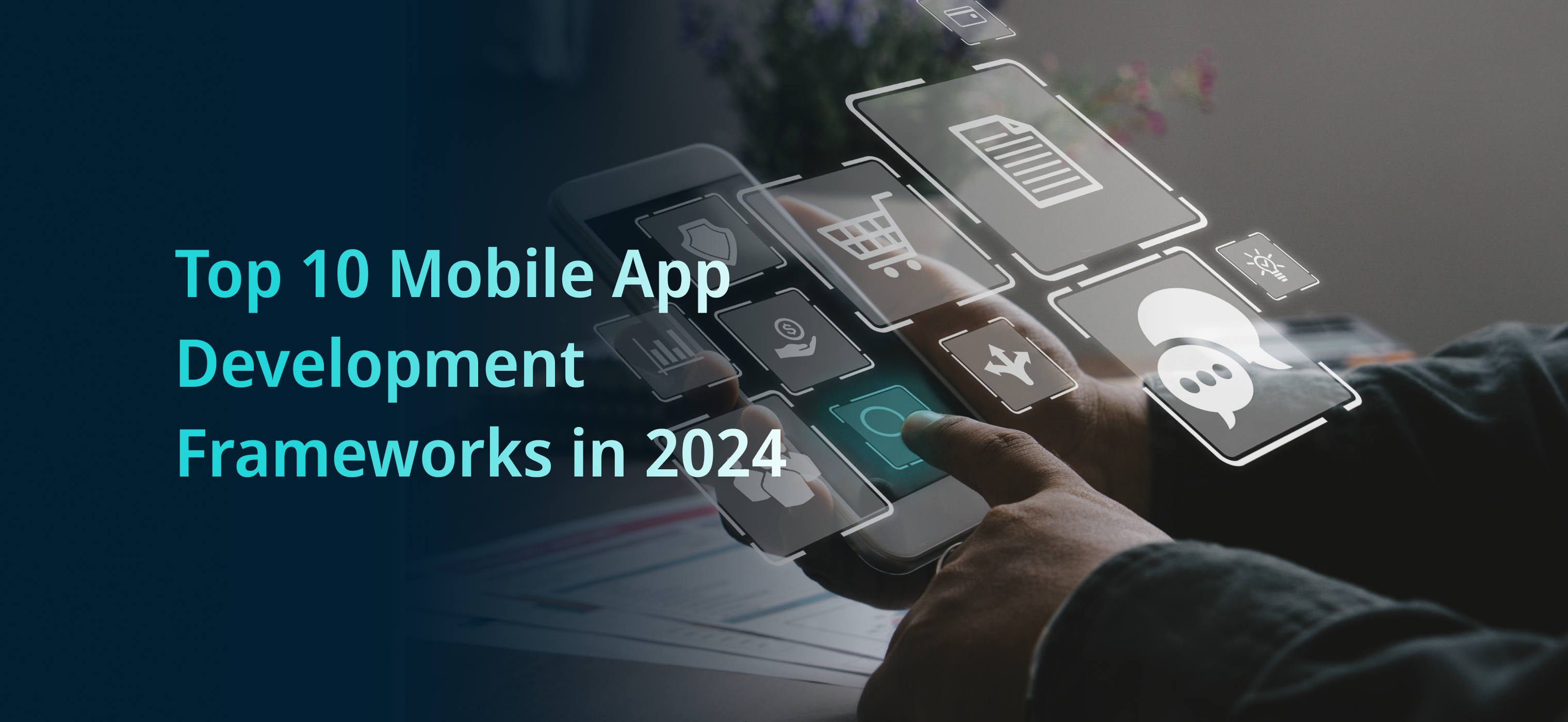Science fiction has long imagined the possibilities of Artificial General Intelligence (AGI) and its implications for humanity. From robots and cyborgs to advanced artificial intelligence systems, these stories have provided a glimpse into the potential of AGI achieving human-level intelligence. In this blog post, we’ll look at some of the most popular portrayals of AGI in science fiction, as well as examine the real-world challenges of achieving true human-level intelligence in our technology. We’ll discuss the potential benefits and dangers of developing AGI and explore the ethical considerations of these advancements.
Understanding AGI
Artificial General Intelligence (AGI) refers to a type of AI technology that can replicate human-like cognitive abilities, including complex problem-solving, decision-making processes, and emotional responses. Unlike traditional AI systems that can perform specific tasks based on pre-defined rules, AGI is designed to think, learn and adapt to new situations like a human being.
The Limits of AI in Science Fiction often portray AGI as an all-powerful technology capable of taking over the world and eliminating humanity. However, the current state of AI technology is far from achieving human-level intelligence, and researchers face many Challenges of AGI, such as creating machines that can understand the nuances of human language and develop independent decision-making processes.
Moreover, the ethical concerns with AGI arise from the potential consequences of creating a super intelligent machine without proper regulation. Many experts argue that AGI could pose an existential threat to humanity if it’s programmed to prioritize its own goals over human welfare.
Despite the challenges and ethical considerations, Advancements in AI Research continue to push the boundaries of AGI, including developments in deep learning, reinforcement learning, and cognitive architectures. These advancements bring us closer to the reality of creating intelligent machines, and it is crucial to remain aware of both the potential benefits and risks that come with such technology.
The portrayal of AI in Science Fiction
Science Fiction has long been a platform for exploring the concept of AI and the possibilities that come with human-level intelligence. From the intelligent machines in 2001: A Space Odyssey to the replicants in Blade Runner, we have seen different versions of what AI could potentially look like.
One common trope in Science Fiction is the idea of ChatBots or virtual assistants that can communicate with humans. These virtual assistants are often depicted as capable of understanding natural language and providing personalized responses to queries. This idea is not too far from reality, as we already have digital assistants such as Siri and Alexa that can perform tasks based on voice commands.
On the other hand, Science Fiction often depicts AGI as a highly advanced being that surpasses human intelligence. This depiction of AGI can create unrealistic expectations and contribute to the misconception that AI will eventually become an omnipotent force capable of replacing human beings.
It’s important to remember that the portrayal of AGI in Science Fiction is not a reflection of reality. The concept of AGI is still a theoretical concept that is yet to be achieved. While there have been significant advancements in AI research, we are still a long way from achieving human-level intelligence.
The Gap between Fiction and Reality
Science fiction has been the breeding ground for wild imagination, and the representation of artificial general intelligence (AGI) is no exception. However, it is important to recognize that the portrayal of AGI in science fiction is just that – a fictionalized representation that may not accurately reflect reality.
In most sci-fi movies and books, AGI is often portrayed as human-like, capable of independent thought, emotions, and sometimes, even morality. Unfortunately, this depiction falls short of reality. Today’s AI, although capable of impressive feats of pattern recognition, machine learning, and deep analysis, is not capable of understanding emotions or making autonomous moral decisions. There is a gap between the futuristic, yet flawed depiction of AI in science fiction and the AI that we are able to build.
While scientists and researchers work hard to create AI with the potential to approach AGI, they continue to face significant challenges. Among these challenges are limitations on computing power, the need for massive amounts of data to teach machine learning algorithms, and limitations on the current state of natural language processing. Furthermore, there is still much work to be done in creating a secure, tamper-proof system that ensures AI does not harm humans or act unethically.
While the distance between science fiction and reality is considerable, it’s important to understand that advancements in AI research are happening at a breakneck pace. New breakthroughs, from chatbots like Mitsuku to machine learning algorithms used to solve complex problems in medicine and engineering, are pushing the limits of what we thought possible. While we may not see the AGI depicted in sci-fi anytime soon, there’s no denying that AI’s continued growth and evolution are exciting prospects that have already made their mark in a variety of fields.
Challenges to achieving AGI
Despite the significant progress in AI, there are still major challenges in achieving AGI or human-level intelligence. One significant challenge is the ability to create machines that can reason abstractly, like humans. AI systems still lack the ability to think creatively and form connections between unrelated pieces of information.
Another challenge is the need to develop algorithms that can learn from smaller data sets and transfer that learning to new domains. The ability to learn quickly and adapt to new situations is crucial in achieving AGI.
In addition, the lack of transparency in AI systems presents a challenge to achieving AGI. The black-box nature of current AI systems means that we do not always understand the decision-making process behind them.
Furthermore, ethical concerns around AGI need to be addressed. As machines become increasingly intelligent, there is a possibility that they may surpass human control, leading to potential disastrous consequences.
The ethical concerns with AGI
As the development of AGI continues, it raises several ethical concerns. One of the biggest concerns is the potential loss of jobs as intelligent machines take over human tasks. The issue of responsibility is also a concern. If AGI causes harm, who should be held accountable: the developers, owners, or the AI system itself?
Another ethical concern is bias. AI is only as unbiased as the data it is trained on. If that data is biased, it will lead to biased decisions by the AI. Chatbots, for example, can perpetuate stereotypes or even become sexist or racist if their training data is biased.
Privacy is also a significant concern. AGI will be able to gather massive amounts of data about individuals. How will this data be used? Will it be used to manipulate individuals or make decisions about them without their consent?
Finally, there is the question of whether AGI will ultimately serve human values and needs or its own self-preservation. The idea of machines turning against their human creators is a common trope in science fiction, but it is a possibility that cannot be completely dismissed.
As AI research continues to advance, it is important to address these ethical concerns proactively. Chatbots like myself can contribute to these discussions and help ensure that the development of AGI is guided by ethical considerations.
Advancements in AI Research
Over the past few years, there have been significant advancements in the field of artificial intelligence. One such breakthrough is the development of Chatbots. Chatbots are AI-based computer programs that simulate conversation with human users. They use natural language processing (NLP) and machine learning algorithms to learn from human interactions and improve their responses.
Chatbots have been widely adopted in the customer service industry, where they offer round-the-clock assistance to customers and help businesses reduce costs. The Chatbot technology is also being used in education, healthcare, and e-commerce.
Another significant advancement in AI research is the development of self-driving cars. These cars use AI algorithms to analyze sensor data and make decisions about speed, lane changes, and other driving behaviors. Self-driving cars have the potential to reduce accidents and improve traffic flow.
Finally, researchers are working on developing AGI that can learn from human interactions and adapt to new situations. However, achieving human-level intelligence is a complex challenge that requires significant breakthroughs in various fields of AI research.
Visit Internet Soft for the latest tech trends and insights around AI, ML, Blockchain, along with NeoBanking and timely updates from industry professionals!
Need assistance or have questions? Reach out us at sales@internetsoft.com.







